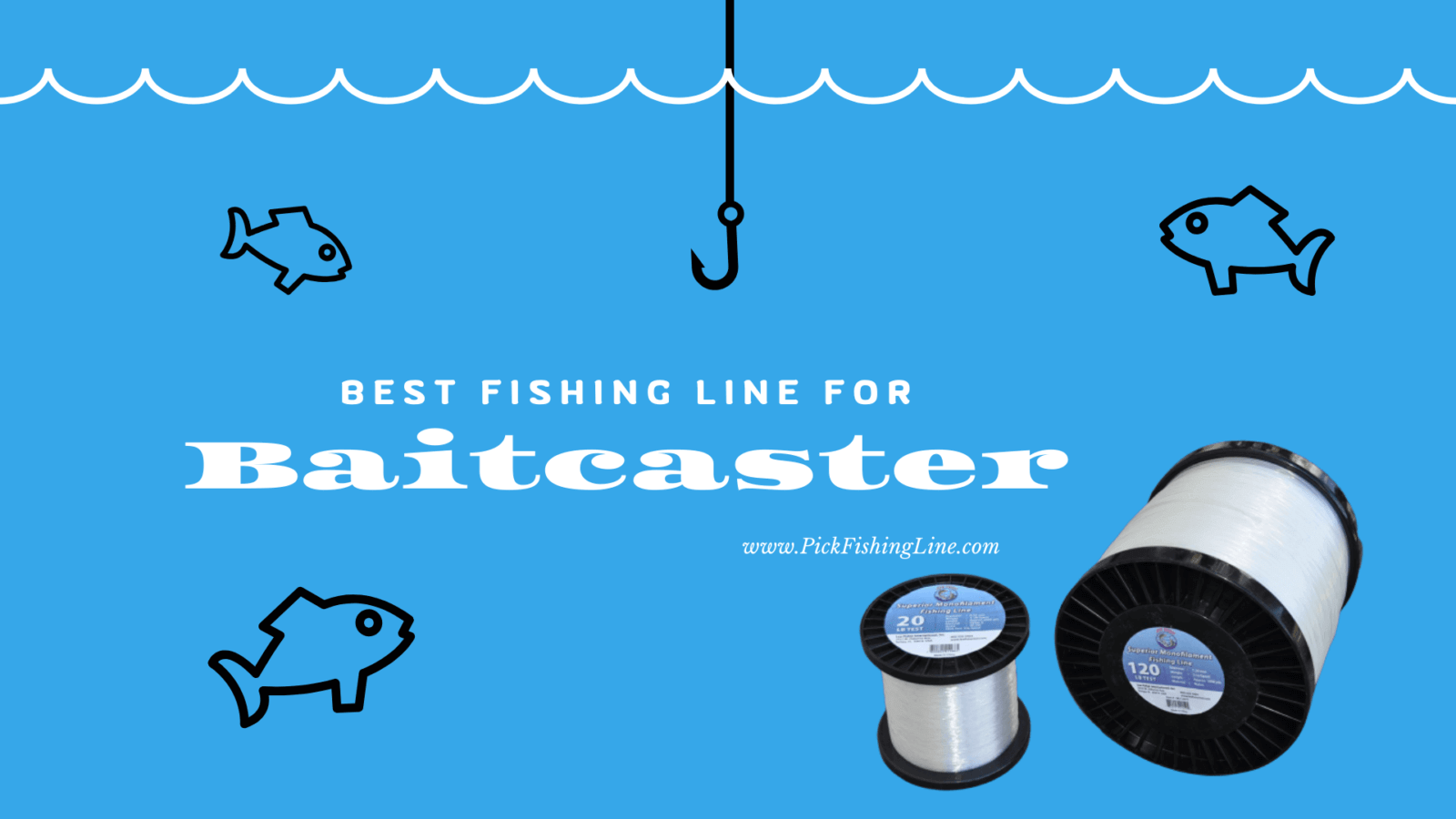Check-Plagiarism.com serves as an essential resource for anyone who values originality in their writing. In today’s digital landscape, where information flows freely, ensuring that content is unique and authentic is more important than ever. Plagiarism not only undermines the integrity of individual work but can also lead to serious academic and professional consequences. Therefore, understanding how to maintain originality is crucial for students, writers, and professionals alike. By being aware of what constitutes plagiarism and how to avoid it, individuals can develop a stronger sense of creativity and ownership over their work.
Recognizing the different forms of plagiarism is the first step towards achieving originality. It can range from copying text verbatim without citation to paraphrasing someone else’s ideas without giving credit. Developing good research habits and practicing proper citation techniques can significantly reduce the risk of unintentional plagiarism. Moreover, fostering an environment that encourages creativity and critical thinking allows individuals to express their ideas more authentically. Emphasizing the importance of originality not only enhances one’s writing but also contributes to the broader academic and creative communities.
Understanding the Significance of Originality in Writing
Originality in writing is a fundamental aspect that not only showcases a writer’s unique voice but also reflects their ability to think critically and creatively. When writers produce original content, they contribute to a diverse pool of ideas, fostering innovation and progress in various fields. Original writing captivates readers, encaging them to engage with the material on a deeper level. Without originality, the written word becomes stale and repetitive, losing its power to inspire and inform. Cultivating originality is essential for both personal growth and the advancement of knowledge.
Impact of Plagiarism on Academic Integrity
Plagiarism poses a significant threat to academic integrity, undermining the trust placed in educational institutions and the value of genuine scholarship. When students engage in plagiarism, they not only compromise their own learning experience but also diminish the achievements of their peers who work diligently to produce original work. Academic dishonesty can lead to severe consequences, including failing grades, suspension, or expulsion. The ripple effect of plagiarism can tarnish an institution’s reputation, making it crucial for students and educators to uphold standards of originality.
Consequences of Plagiarism in Professional Settings
In professional environments, plagiarism can have dire repercussions for both individuals and organizations. Professionals who plagiarize may face disciplinary actions, including termination, loss of credibility, and legal ramifications. Companies can suffer damage to their reputation, losing clients and business opportunities due to unethical practices. Furthermore, plagiarism can hinder innovation and collaboration, as trust erodes within teams and industries. Upholding originality is essential for maintaining professional integrity and fostering a culture of creativity.
Legal Repercussions of Plagiarism
Plagiarism can lead to serious legal consequences, particularly in cases involving copyright infringement. Authors and creators have the legal right to protect their work, and when someone uses their content without permission, they may pursue legal action. This can result in hefty fines, ct orders, and damage to one’s professional reputation. Understanding copyright laws and respecting intellectual property rights is vital for anyone engaged in writing or content creation.
Long-term Effects on Reputation
The long-term effects of plagiarism on a person’s reputation can be devastating. Once someone is branded as a plagiarist, it becomes challenging to regain trust among peers, employers, and readers. This label can follow an individual throughout their career, limiting future opportunities and collaborations. A tarnished reputation can lead to social isolation within professional circles, emphasizing the importance of maintaining originality in all written work.
Types of Plagiarism to Recognize
Recognizing the different types of plagiarism is crucial for writers at all levels. Each form of plagiarism carries its own risks and consequences, making awareness an important part of the writing process. By understanding these types, writers can take proactive steps to avoid them and promote originality in their work.
Verbatim Copying and Its Risks
Verbatim copying, often referred to as direct plagiarism, occurs when a writer reproduces someone else’s text word-for-word without proper citation. This form of plagiarism is easily identifiable and can lead to significant penalties in both academic and professional settings. Writers must always quote or paraphrase accurately and provide appropriate references to avoid this pitfall.
Paraphrasing Without Credit
Paraphrasing without credit involves rewording someone else’s ideas but failing to acknowledge the original sce. While this may seem less severe than direct copying, it is still a form of plagiarism that can mislead readers into believing the ideas are the writer’s own. Writers should always attribute the original sce, even when rephrasing, to maintain transparency and uphold integrity.
Best Practices for Avoiding Plagiarism
Implementing best practices for avoiding plagiarism is essential for writers who wish to maintain their originality and credibility. By adopting effective strategies, individuals can ensure that their work is both authentic and respectful of others’ contributions.
Effective Citation Techniques
Utilizing effective citation techniques is a fundamental aspect of avoiding plagiarism. Writers should familiarize themselves with various citation styles, such as APA, MLA, or Chicago, and apply them consistently throughout their work. Properly citing sces not only credits original authors but also strengthens the writer’s arguments by backing them up with credible references. Here are some key points to remember:
- Learn the specific guidelines for different citation styles.
- Keep track of sces during research to simplify the citation process.
- Use citation management tools to organize references efficiently.
Research Habits to Cultivate
Cultivating strong research habits is essential for producing original work. Writers should develop skills in identifying credible sces, taking detailed notes, and synthesizing information from multiple references. This process not only enriches the writing but also minimizes the risk of unintentional plagiarism. Some effective research habits include:
- Evaluating sces for credibility and relevance.
- Keeping annotations on how ideas are integrated into writing.
- Engaging with a variety of perspectives to form a well-rounded viewpoint.
Encaging Creativity in Writing
Encaging creativity in writing is vital for fostering originality and innovation. Writers should seek out opportunities to express their unique perspectives and ideas. By cultivating a creative mindset, individuals can break free from conventional thought patterns and produce truly original work.
Strategies to Foster Original Thought
To foster original thought, writers can adopt various strategies that stimulate creativity. Engaging in brainstorming sessions, free writing, and collaborative discussions can inspire new ideas and approaches. Additionally, exploring different genres and styles can help writers expand their horizons and discover their authentic voice. Some strategies include:
- Setting aside time for unstructured brainstorming.
- Experimenting with different writing formats.
- Reading widely to gain inspiration from diverse sces.
Building a Supportive Writing Environment
Creating a supportive writing environment is crucial for encaging creativity. Writers should surround themselves with individuals who inspire and motivate them, whether through writing groups, workshops, or mentorship. A positive environment fosters collaboration, idea-sharing, and constructive feedback, all of which contribute to the development of original work.
Developing Ownership Over Y Work
Developing a sense of ownership over one’s work is essential for maintaining originality and personal integrity. When writers take pride in their unique contributions, they are less likely to resort to plagiarism and more inclined to produce authentic content.
Benefits of Authentic Expression
Authentic expression allows writers to convey their thoughts and experiences in a genuine manner. Embracing one’s unique voice leads to more engaging and relatable writing. By sharing personal insights and perspectives, writers can connect with their audience on a deeper level. Some benefits of authentic expression include:
- Building rapport with readers.
- Encaging personal growth through self-reflection.
- Creating a memorable writing style that stands out.
Enhancing Personal Writing Style
Enhancing personal writing style is an ongoing process that can significantly contribute to originality. Writers should embrace their unique voice and experiment with various techniques to find what resonates with them. This exploration of style can lead to more compelling and authentic writing. Strategies for enhancing writing style include:
- Reading and analyzing works by different authors.
- Practicing writing regularly to refine skills.
- Soliciting feedback from trusted peers to identify strengths and areas for improvement.
Frequently Asked Questions
This section addresses common inquiries related to maintaining originality in writing and understanding plagiarism. It aims to provide clear answers for anyone looking to enhance their writing integrity and creativity.
What is plagiarism?
Plagiarism is the act of using someone else’s work, ideas, or expressions without proper acknowledgment. It can occur intentionally or unintentionally and includes copying text, paraphrasing without citation, or failing to credit sources. Understanding its forms is essential for maintaining integrity in academic and professional writing.
How can plagiarism be avoided?
Avoiding plagiarism involves proper citation practices, such as using quotation marks for direct quotes and referencing sources accurately. Additionally, developing original ideas and using personal insights can help create unique content. Establishing good research habits and being mindful of source material are also vital steps in avoiding plagiarism.
What are the consequences of plagiarism?
Plagiarism can lead to serious consequences, including academic penalties, loss of credibility, and legal repercussions. Educational institutions may impose disciplinary actions such as failing grades or expulsion. In professional settings, it can damage reputations and result in job loss or legal action, emphasizing the importance of originality.
What are the types of plagiarism?
Plagiarism can take various forms, including direct plagiarism (copying text), mosaic plagiarism (blending copied phrases with original work), and self-plagiarism (reusing one’s previous work without acknowledgment). Understanding these types helps individuals identify potential pitfalls and encourages better writing practices to ensure originality.
Why is originality important in writing?
Originality is crucial in writing as it fosters creativity, enhances credibility, and contributes to the academic and creative communities. Original content reflects individual thought and unique perspectives, making work more engaging and impactful. Upholding originality also respects the contributions of others and promotes ethical writing practices.
How can one develop a unique writing style?
Developing a unique writing style involves exploring personal voice, experimenting with different genres, and practicing regularly. Reading widely can also inspire new ideas and techniques. Engaging in creative exercises and seeking feedback from peers can further refine individual expression and help establish a distinctive style.
“`






